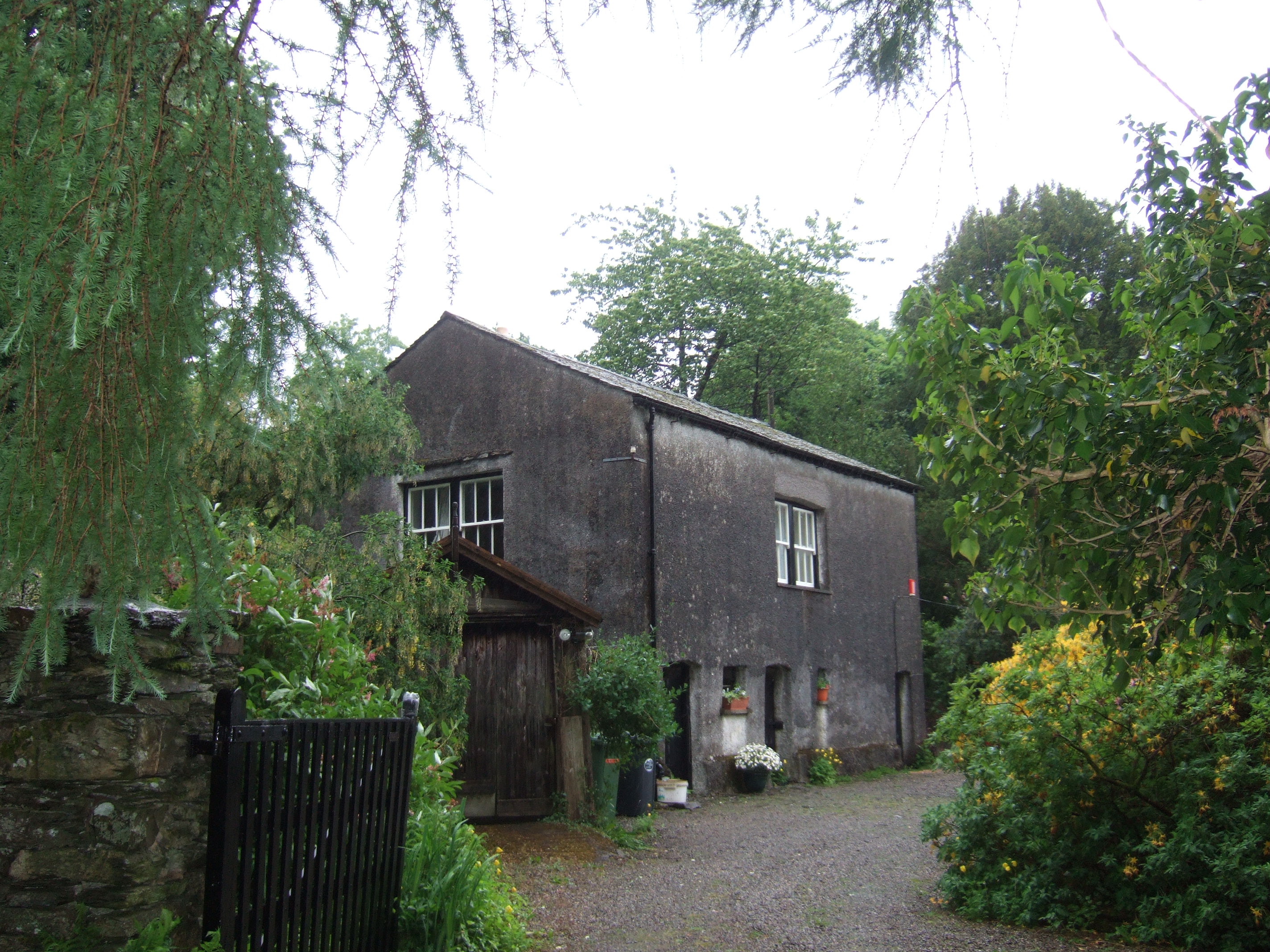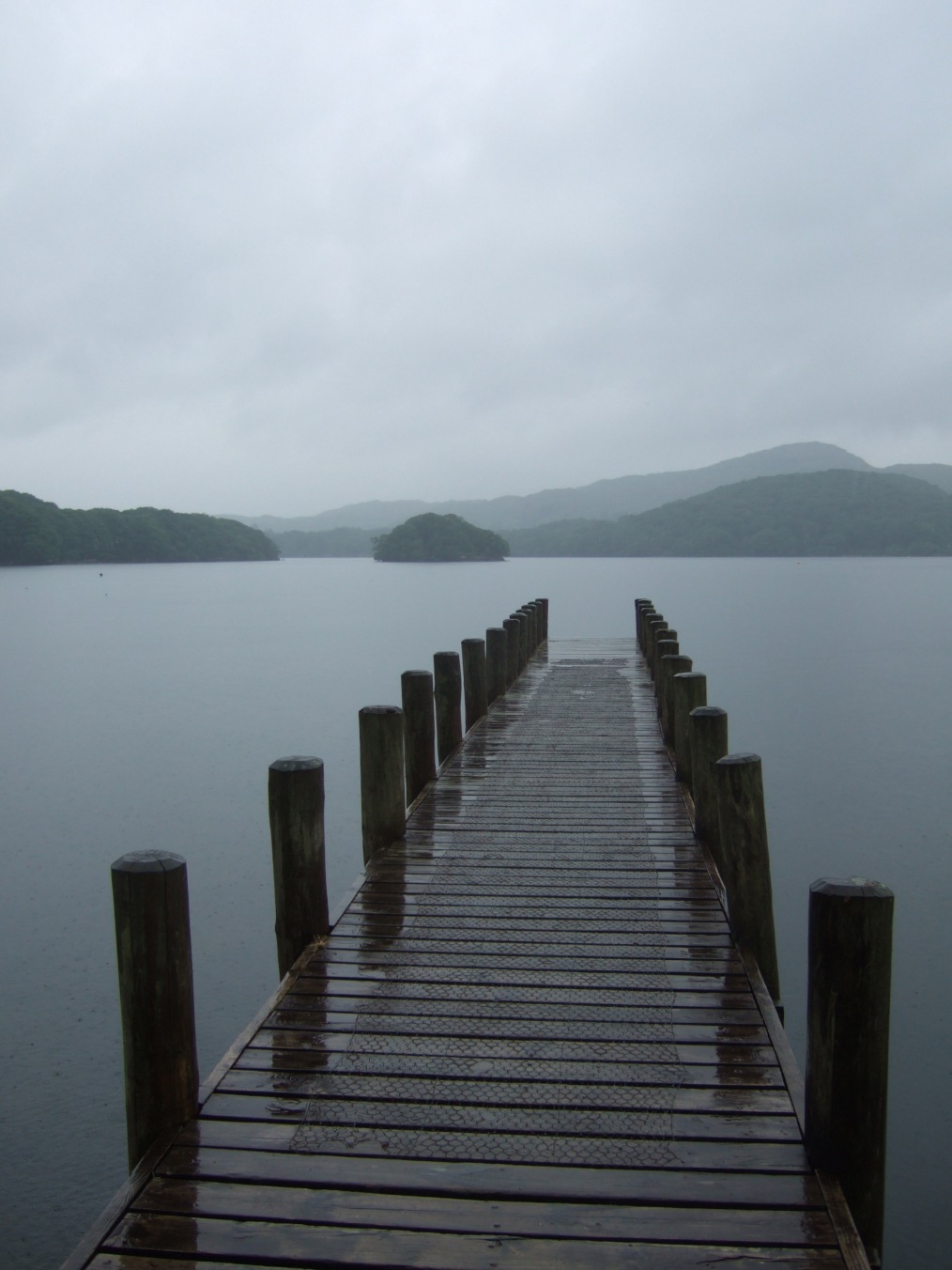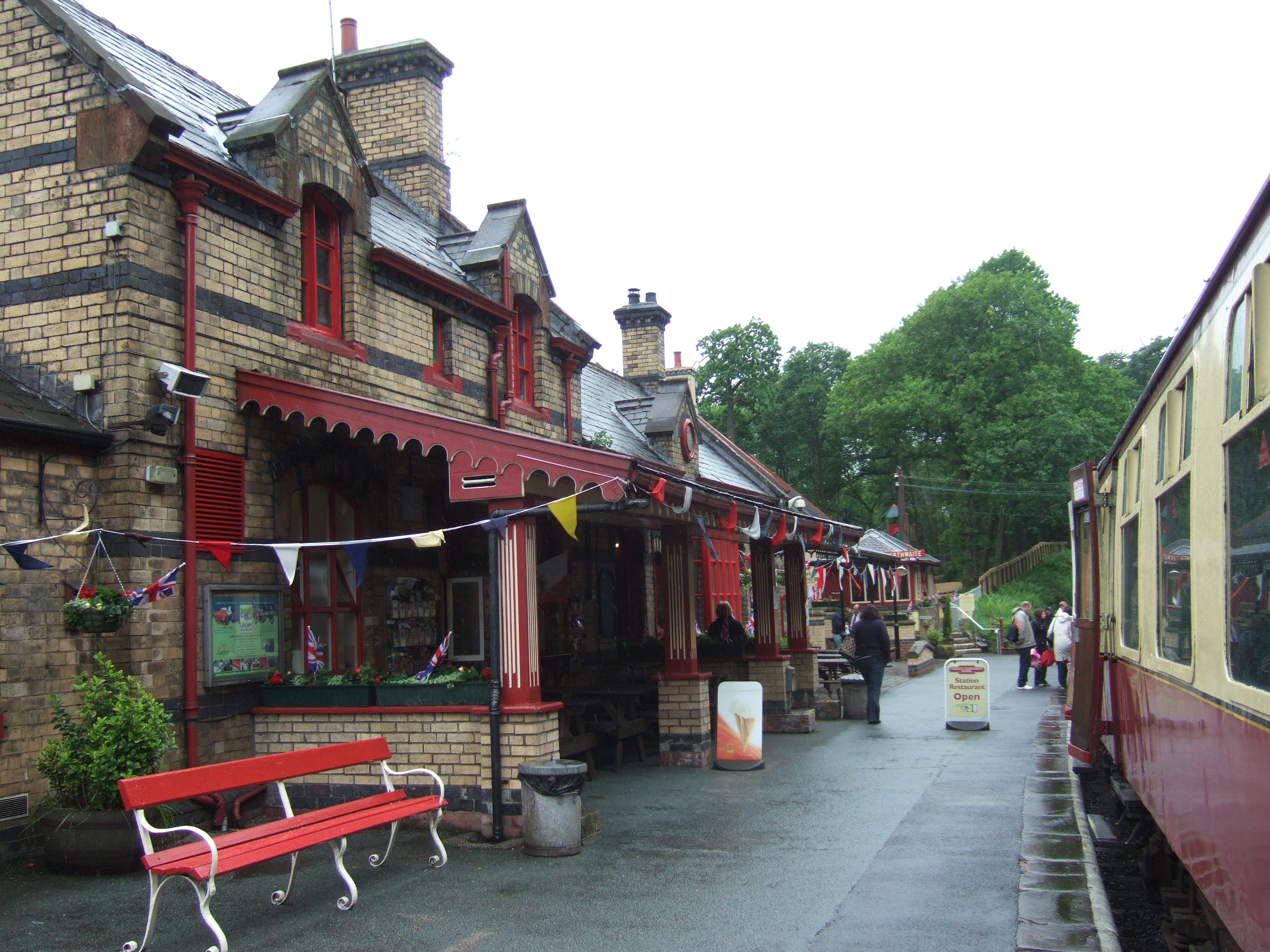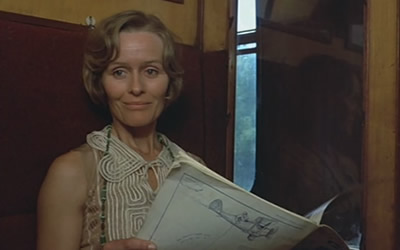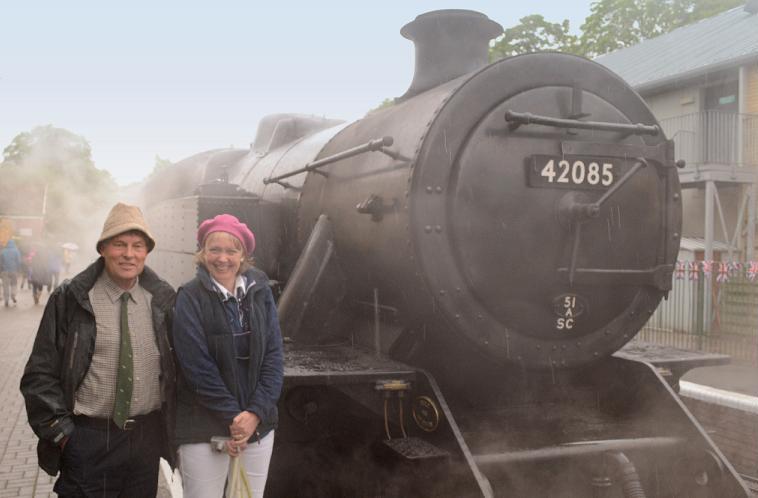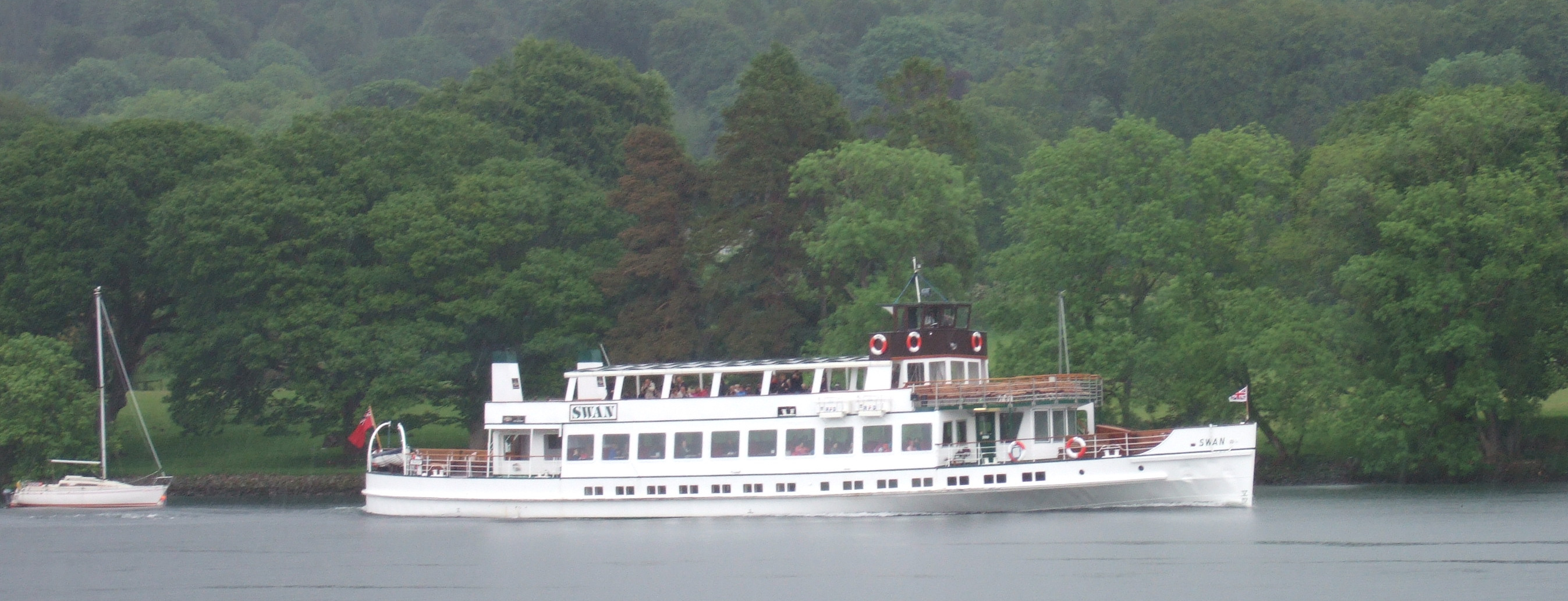I arrived back from holiday to find that, following the ITV report, daily newspapers in the United Kingdom have been writing extensively about a certain inspirational boathouse on Coniston Water that is currently for sale.
The Daily Mail even included a clip from the film of Swallows & Amazons in their online article.
The Times calls it ‘Ransome’s adventure playground’. The Evening Mail published a photograph of him I hadn’t seen before. The Daily Telegraph admitted that the Estate Agents have had more inquiries from journalists than buyers.
What no one has picked up on was the useful wooden jetty in front of the boathouses that appeared on Countryfile, Big Screen Britain and Country Tracks presented by Ben Fogle for BBC One.

Do let me know of the latest news on this.

For those who do not know the historical background:
Lanehead is the large white house above Coniston Water in Cumbria, which was once owned by WG Collingwood. He worked as the personal secretary to John Ruskin who lived at Brantwood, just a little further down the East of Lake Road. Collingwood met the writer Arthur Ransome when he was a young man on holiday in the Lake District and invited him to stay at Lanehead.
Arthur Ransome became firm friends with WG Collingwood’s daughters Dora and Barbara. Although he light-heartedly proposed to both of them, Dora married a friend of her brother’s, a doctor of Armenian-Irish decent called Ernest Altounyan. He worked at the hospital his father had established at Aleppo in Syria where Dora joined him. They had five children – Taqui, Susie, Titty, Roger and Brigit who they would take to the Lake District every four or five years so that they could spend time with their grandparents. With so many in the family party, the Altounyans stayed at Bank Ground Farm, next door to Lanehead. Arthur Ransome joined his old friends, helping Ernest to acquire two clinker built dinghies so that they could teach the children to sail. One was called Mavis, the other Swallow. These were kept in the boathouse that is currently for sale, which then only had a short stone jetty.
When Arthur Ransome wrote ‘Swallows and Amazons’ for the Altounyan children, depicted as John, Susan, Titty, Roger and Brigit, he set the opening chapters at Bank Ground Farm, which he called Holly Howe.
For more information on this please read Christina Hardyment’s book, ‘Arthur Ransome and Capt Flint’s Trunk’ (p.32-44) and Jeremy Collingwood’s new book, ‘A Lakeland Saga – The story of the Collingwood and Altounyan family in Coniston and Aleppo’.
Roger Wardle, (see comments below) who has written a number of books on Arthur Ransome and has his diaries from the period tells me that there is no evidence that Arthur Ransome taught the Altounyan children to sail or that they even went out sailing in 1928/1928. He sailed Swallow alone until the weather got too bad and she was put away for the winter but the little boat obviously stirred his imagination.

The film Swallows & Amazons produced by Richard Pilbrow in 1973, used the Bank Ground boathouse and jetty as a location. John discovers Swallow in the boatshed on the lake below the farm where the Walker family are staying.

The children gain permission to sail Swallow and soon have her brown sail hoisted with John as Captain and Susan as Mate, with Titty and Roger registered as crew, whilst baby Vicky helps wave them off on their adventures. The rowing boat moored next to it was known as ‘the native canoe’. It was used by Mrs Walker, graciously played by Virginia McKenna when she rowed out to Wild Cat Island where the Swallows went to camp. They encountered two girls who became know as the Amazon Pirates, after their own gaff-rigged dinghy that flew the Jolly Roger.

You can read the first section of my ebook on the making of Swallows and Amazons for free here:







